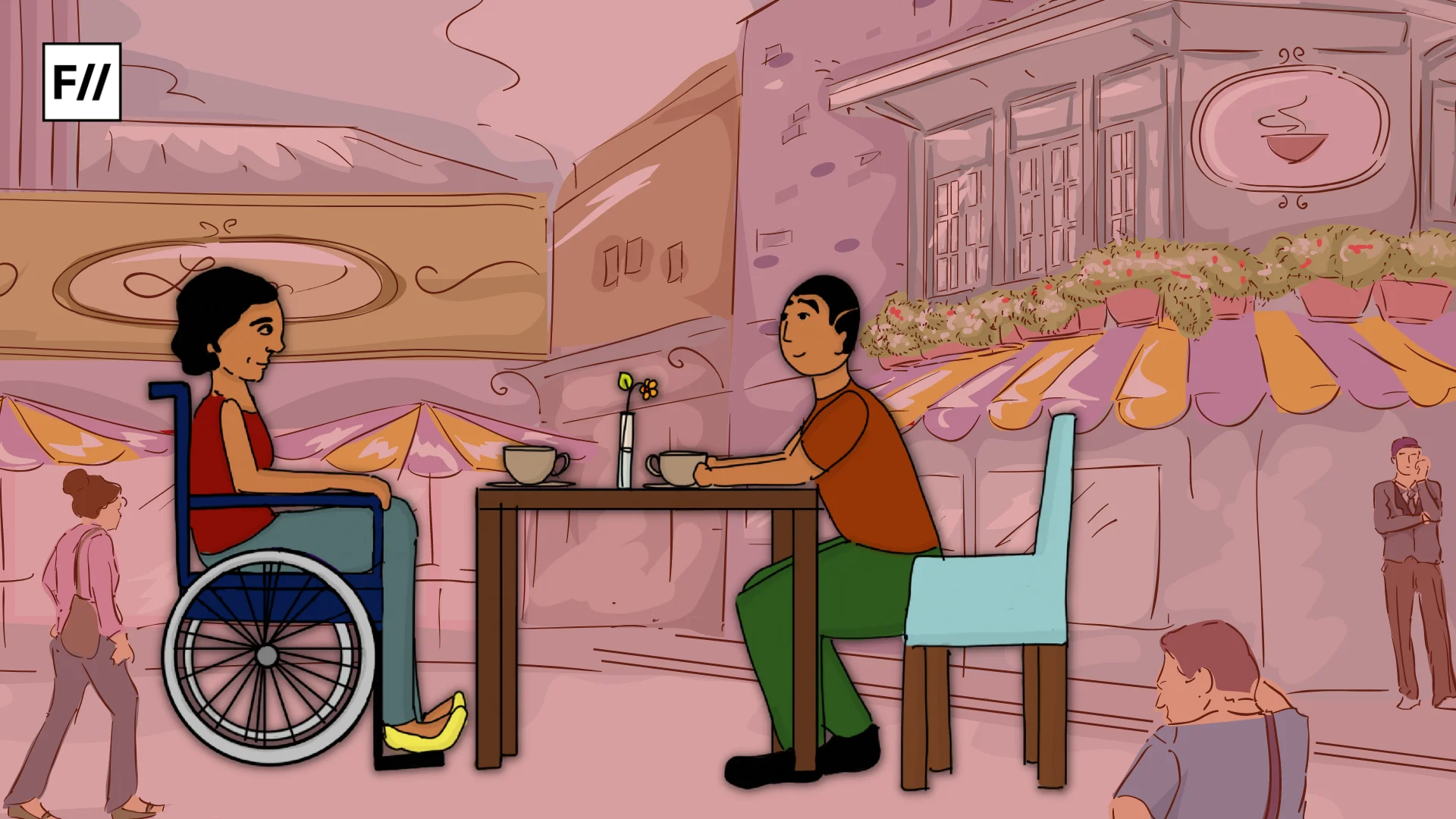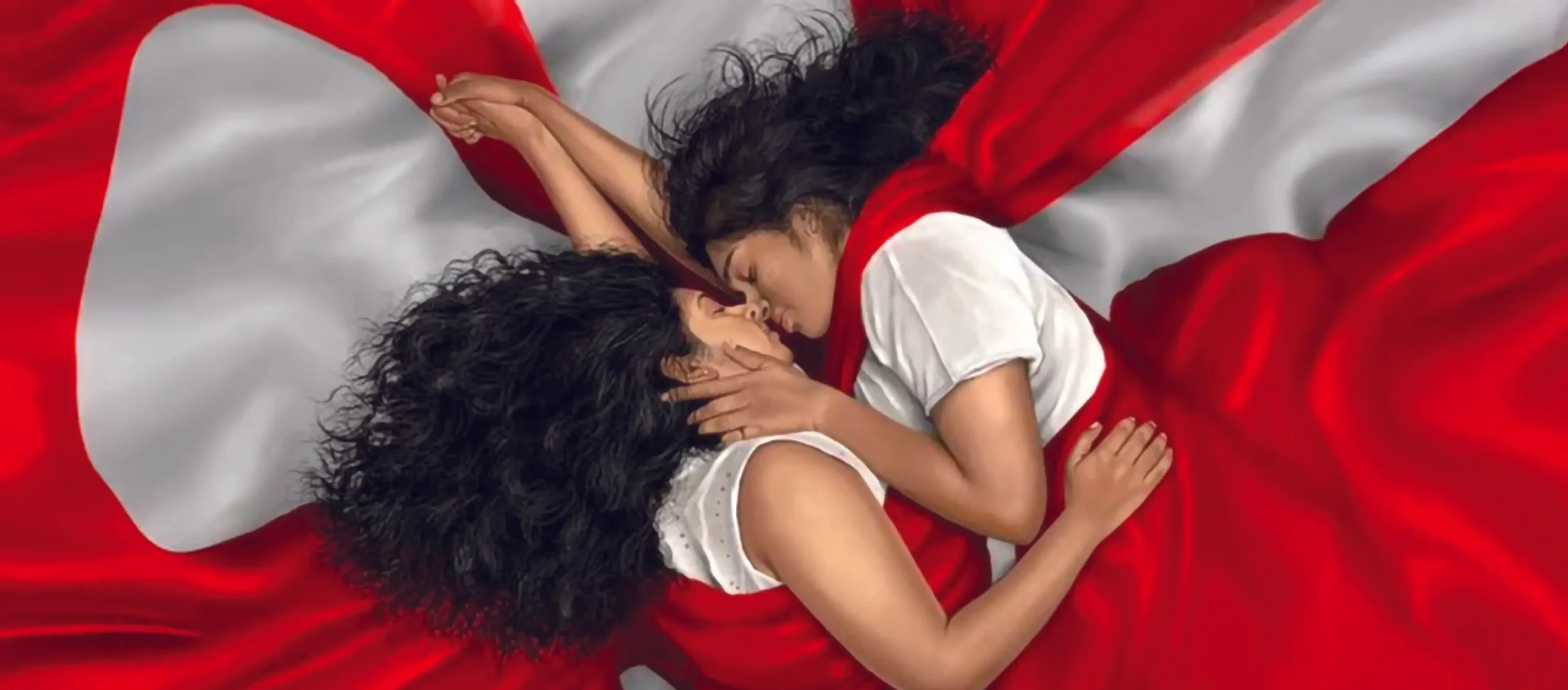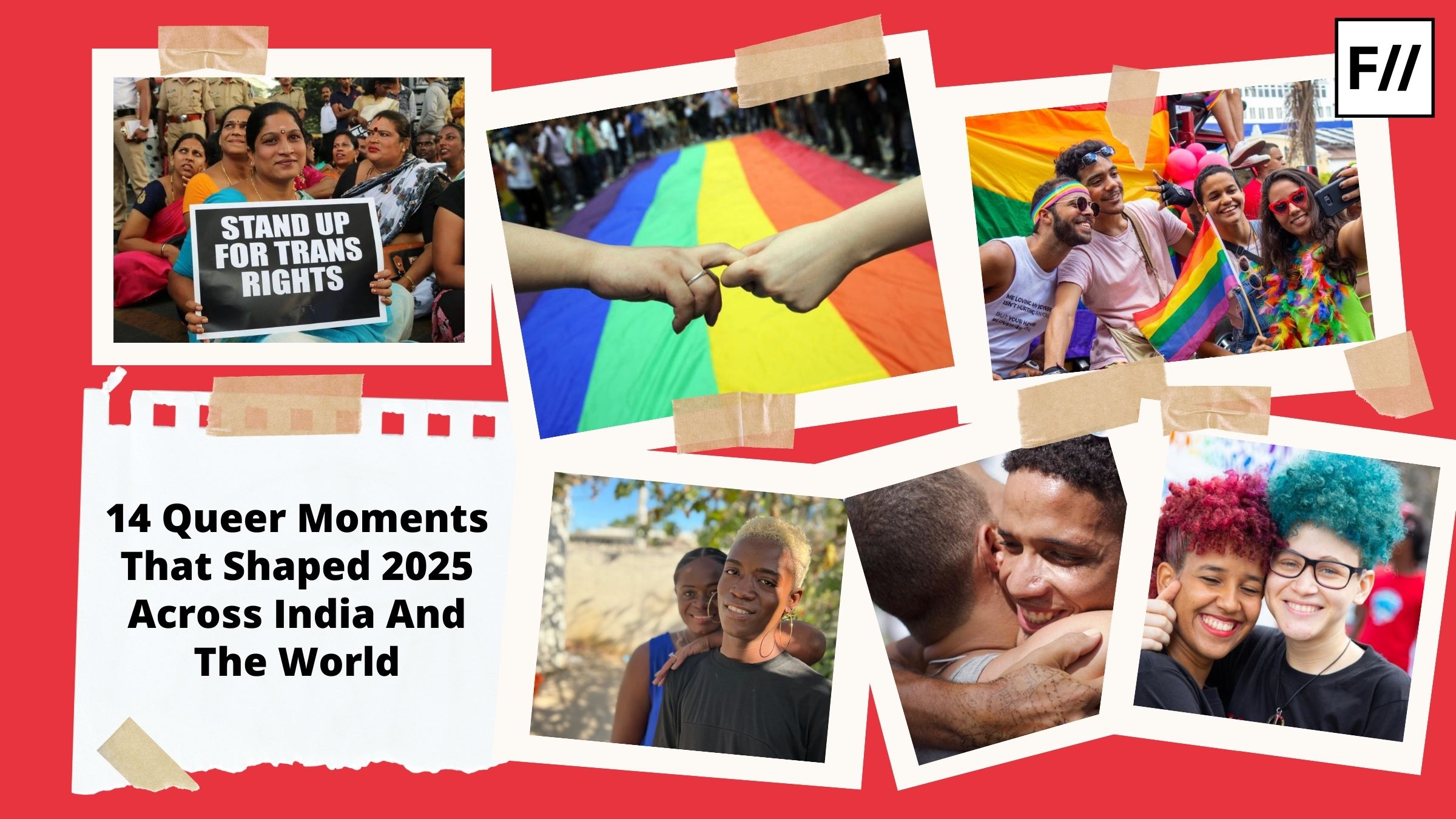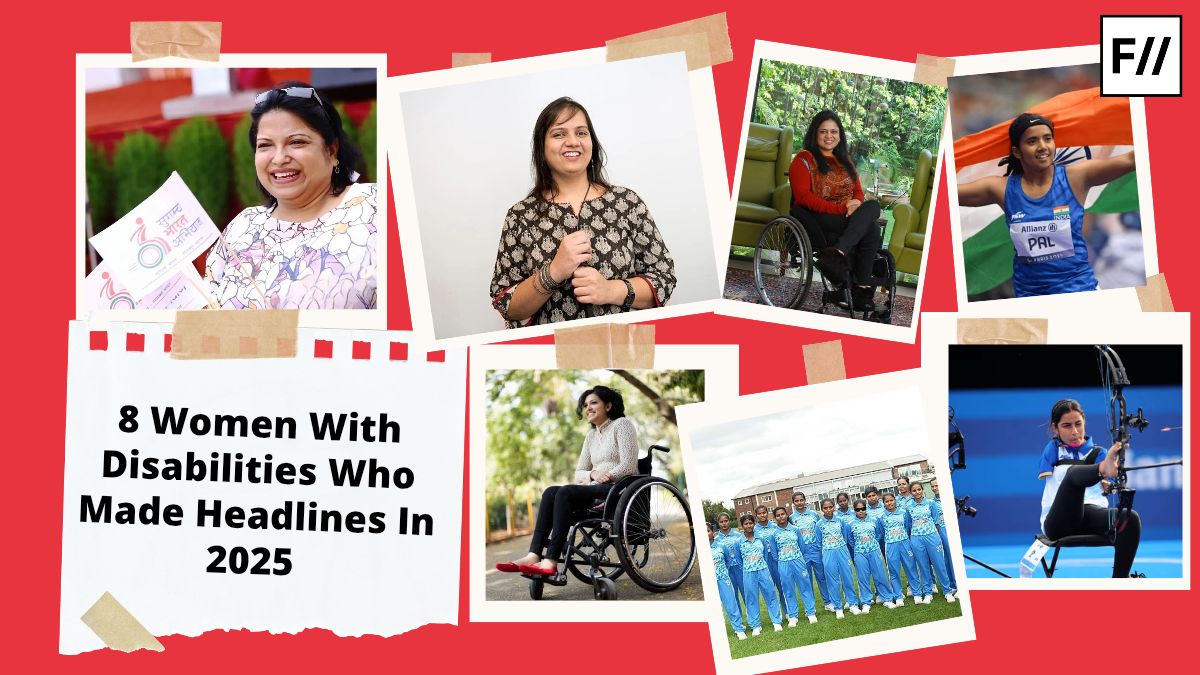Sexuality, queerness, and pleasure are rarely discussed within cultures like ours. Institutions such as patriarchy, media, and ableism have continuously shaped and reshaped identities in complex ways. The binary constructions of female/male, gender/sex, and able-bodied/disabled mask the fact that disability is socially constructed, rooted in the ideological framework of ableism. This framework is often upheld and reinforced by patriarchal structures. Femininity, disability, and sexuality are frequently measured against the standards of masculinity and able-bodiedness, both of which are framed around notions of completeness and wholeness.
The social construction of disability and power
Disability is not merely a condition but a site where power operates on multiple levels. Power is coercive as well as regulative. It disciplines bodies (done through institutions such as the family, media, and education) with the intent to make some bodies “productive”, while bodies that deviate from normative standards are often labelled as “deviant”. The hegemony of normalcy, as Davis (2006) notes, permeates deeply into cultural production.
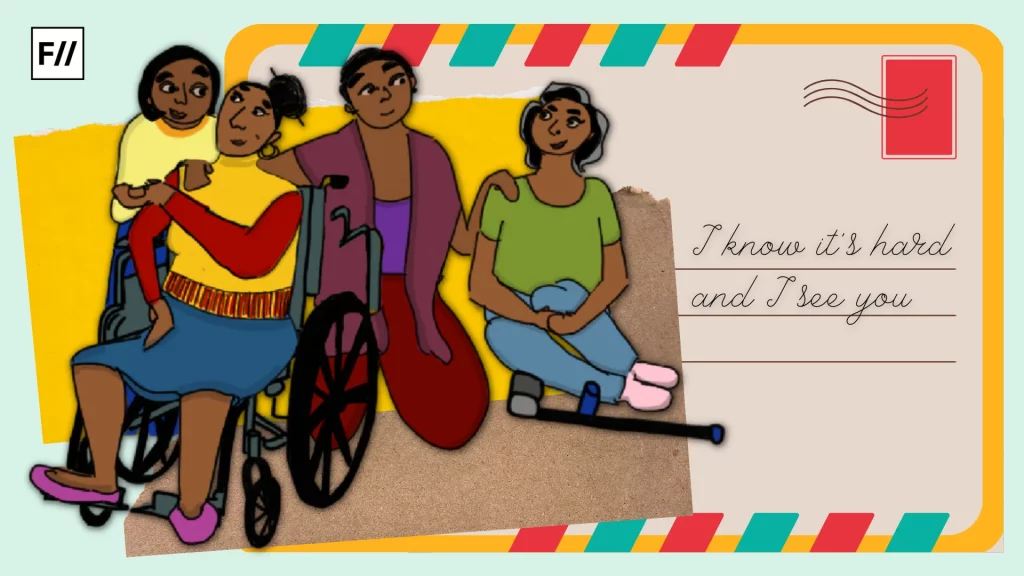
For example, markets are largely designed to serve the needs of able-bodied consumers, reinforcing structural exclusion. Compulsory able-bodiedness and heterosexuality can thus be understood as ideological products of capitalism. McRuer (2006) argues that neoliberalism expands markets by commodifying differences, creating hierarchies of ‘fit’ versus ‘unfit’ bodies. Capitalist consumerism marginalises disabled identities even further, especially due to their limited integration into labour systems (for men) and reduced participation in consumer culture (for all genders) (Mollow, 2012). The intersecting systems of patriarchy, ableism, and capitalism reinforce a culture where gender expression and bodily identity are narrowly defined.
Disability, like gender, is fluid and cannot be viewed in isolation; it is intricately embedded within everyday life. Capitalist consumerism marginalises disabled identities even further.
Disability, like gender, is fluid and cannot be viewed in isolation; it is intricately embedded within everyday life. As a researcher and an able-bodied woman, I have observed a striking similarity in the ways women and disabled individuals are positioned within societal narratives. Particularly, the experiences of disabled men are often rendered invisible within gender scholarship. Their invisibility from discourses on gender, sexuality, and violence is both unfair and in need of critical attention.
Young men with disabilities have sometimes compared their societal status to that of able-bodied women, acknowledging the compounded marginalisation of disabled women’s experiences. Garland-Thomson identifies four key intersections between disability and feminist theory, focusing particularly on the relationships between women’s and disabled people’s bodies. She also emphasises the subjectivity of both groups, advocating an understanding beyond reductive medical models. It is not the disabled body alone that produces difference, but rather a broader system that constructs norms around masculinity and femininity through ableist and capitalist lenses. Non-binary and disabled identities have little space within these structures.
Queerness, desire, and the disabled body
Both disabled men and women face stigma surrounding their sexualities and non-normative identities, often pushing them further to the margins. The dominance of heterosexuality, amplified by consumer capitalism and reinforced by ableism, has defined disability as a lack, usually rendering it invisible or invalid. Within peer groups, being labelled as queer may lead to exclusion, while openly expressing sexuality can provoke dismissive remarks such as ‘no one cares about your sexuality’. These invisibilities strip individuals of dignity, autonomy, and the space for self-expression.
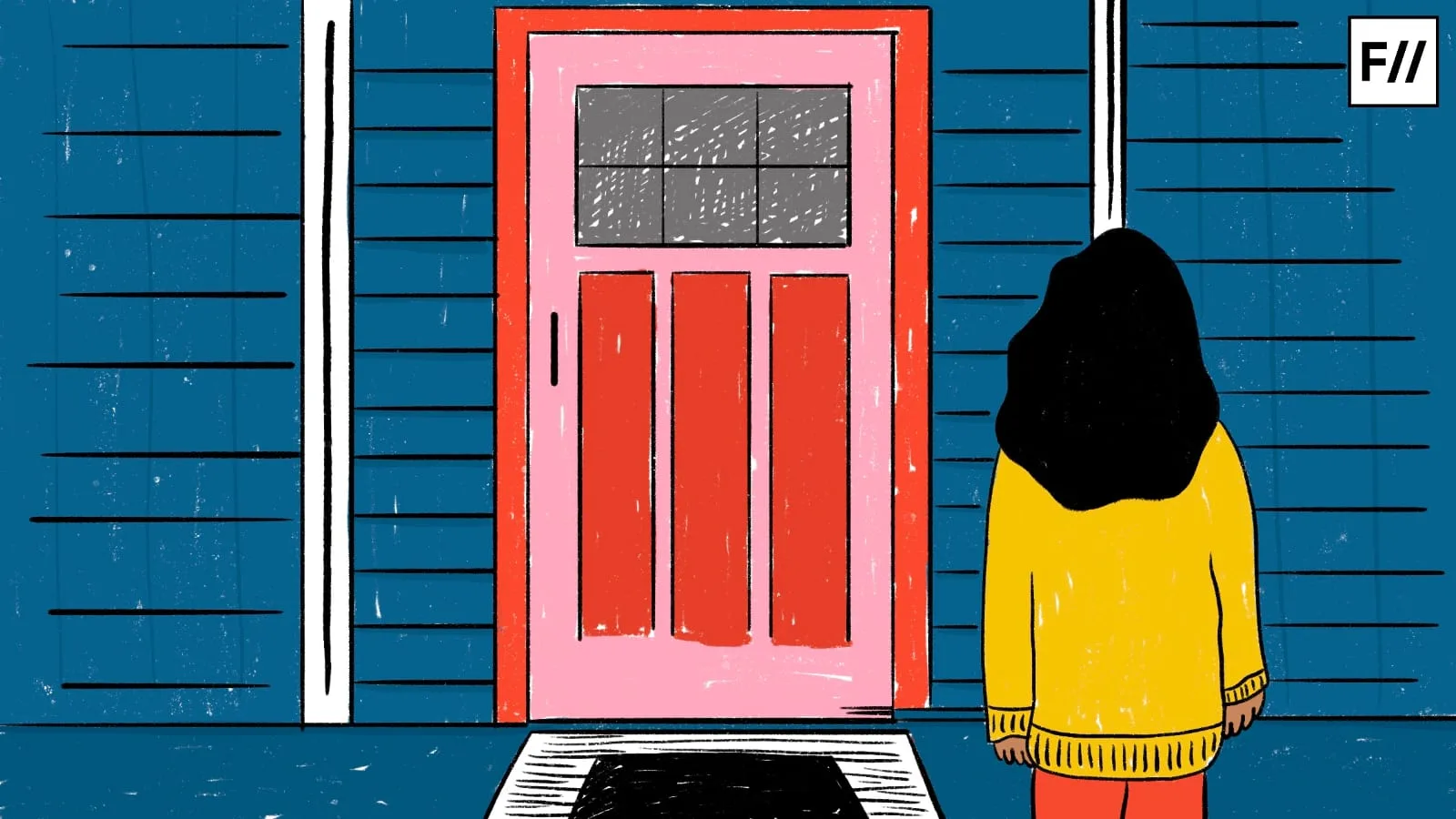
Media, markets, and capitalist structures that glorify able-bodied heterosexuality have actively excluded alternative sexualities and disabled bodies from visibility and legitimacy. This exclusion denies them the recognition and legitimacy they deserve. Disabled queer identities are thus left out of the mainstream (even outside able-bodied queer communities), often producing new forms of inequality and reinforcing binary and heteronormative frameworks.
Media, markets, and capitalist structures that glorify able-bodied heterosexuality have actively excluded alternative sexualities and disabled bodies from visibility and legitimacy. This exclusion denies them the recognition and legitimacy they deserve.
When disability is viewed primarily as a lack or deficit, the complexity of non-binary sexual expressions becomes even more marginalised. This creates additional barriers for disabled individuals in accessing reproductive and sexual health services. Within disabled communities themselves, myths and misinformation often reinforce internal stigmas. Misconceptions around the sexual capabilities of disabled individuals can deeply damage their sexual self-esteem and sense of desirability (Neufeld et al., 2002).
Invisibility and intimacy: navigating relationships and sexual autonomy
An individual’s perception of sexuality is often shaped by interactions with peers and partners, experiencing societal attitudes, as well as through personal experiences with their impairments. The narratives show how intimate relationships for disabled individuals often involve complex power dynamics rooted in subordination and domination (between disabled/able-bodied partners and disabled partners). These relationships, sometimes based on temporary mutual exchanges, are shaped by societal stigmas or are seen as incapable of sexual expression.
Normative standards of sexual satisfaction may compel individuals to meet these stigmas, leading to performance anxiety. While disabled individuals may acknowledge the presence of performance anxiety, they also actively explore and navigate their sexualities in diverse ways, creating space for bodily exploration and the experience of pleasure.
Towards intersectional justice: dignity, consent, and equity
Conversations around sexuality remain largely taboo in many cultural contexts, making the discourse around disability and sexuality even more complex and marginalised. Generally, there is limited awareness about sexuality education, and the very understanding of sexual agency remains distant or inaccessible even to the non-disabled population. When situated within the context of disability, it becomes more complex and raises additional questions.
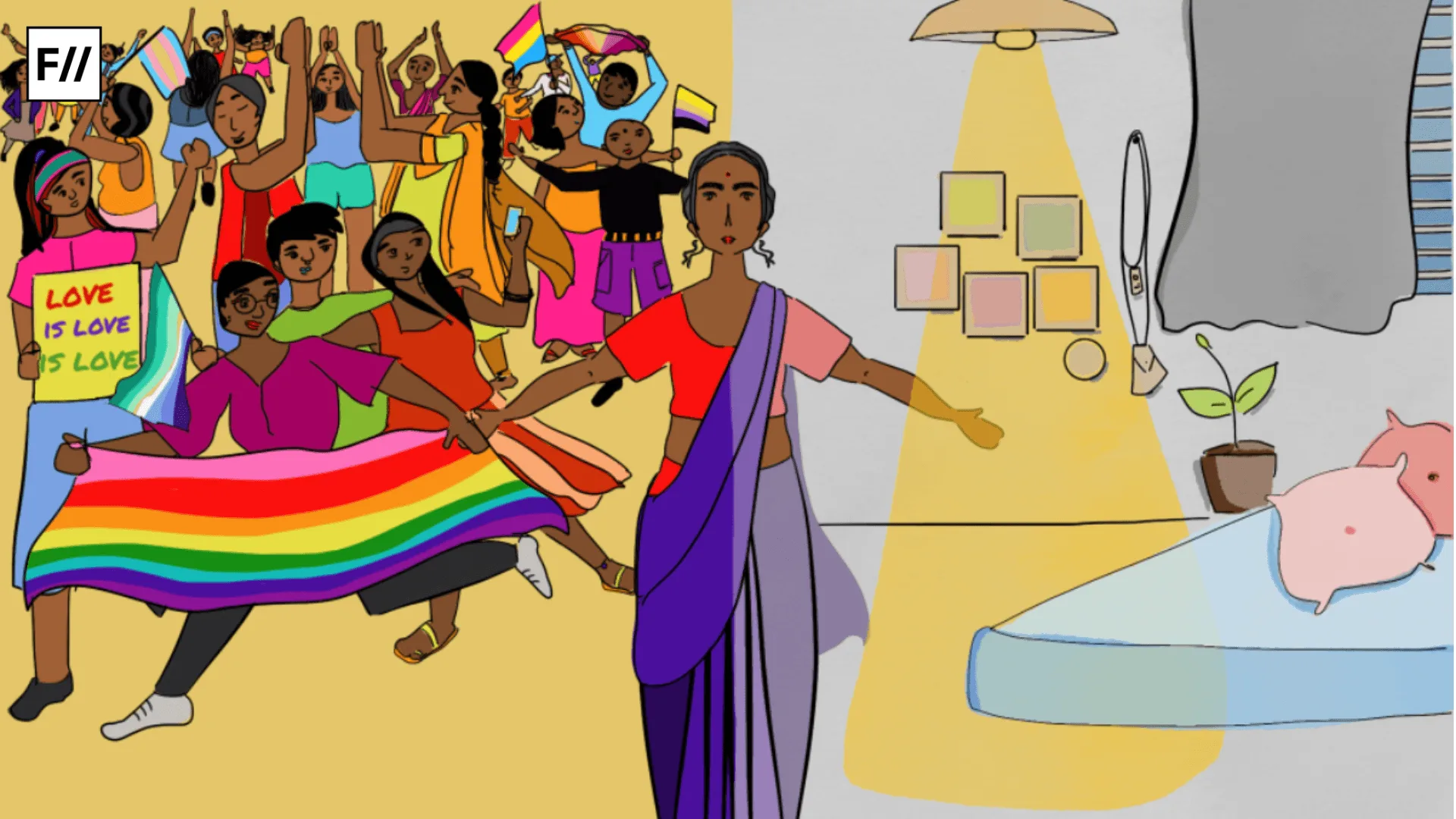
How is the individuality of disabled persons recognised? Are they acknowledged as autonomous individuals with dignity, or are they merely accommodated within superficial inclusion frameworks? Even when opportunities for self-expression are granted, the issues around taking informed consent to informed decision-making are often absent. Without addressing these fundamental issues, any discussion of sexual autonomy becomes premature.
Therefore, adopting a broader intersectional framework is essential to understand the diverse and layered experiences of disabled individuals. Disabled youth particularly report challenges such as misinformation, inadequate sexual health education, unsafe practices, and restricted bodily autonomy. The ability to make informed choices, preserve bodily privacy, and exercise consent differs widely across social structural contexts and the kind and degree of disability.
While equality is often discussed rhetorically, social justice for disabled individuals demands more than equal treatment; it requires equity. This involves recognising diverse needs and creating enabling environments that foster growth, dignity, and autonomy on the individual’s terms. Until disabled persons are provided with the opportunities and support required to flourish and grow the way they want/desire, the goals of equality and empowerment will remain distant from us.
This article is part of a joint initiative by Feminism in India and QAble for Queer Disability Pride Month. QAble works at the intersection of queer and disability justice within law and policy, fostering social inclusion through culture and legal inclusion through community-led advocacy. If you’re a QPwD seeking support, QAble is here for you. Pride is for all of us.
About the author(s)
Debarati Chakraborty is an Assistant Professor of Sociology in the
West Bengal Education Service (WBES), currently serving at a
government college in Jhargram. She is also an independent
researcher with academic interests encompassing disability, gender,
sexuality, and technology.
